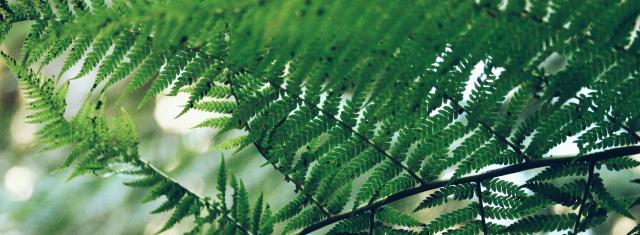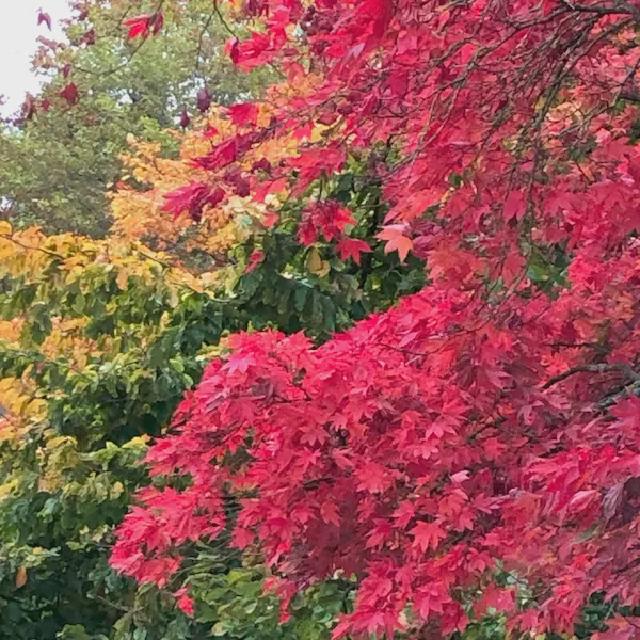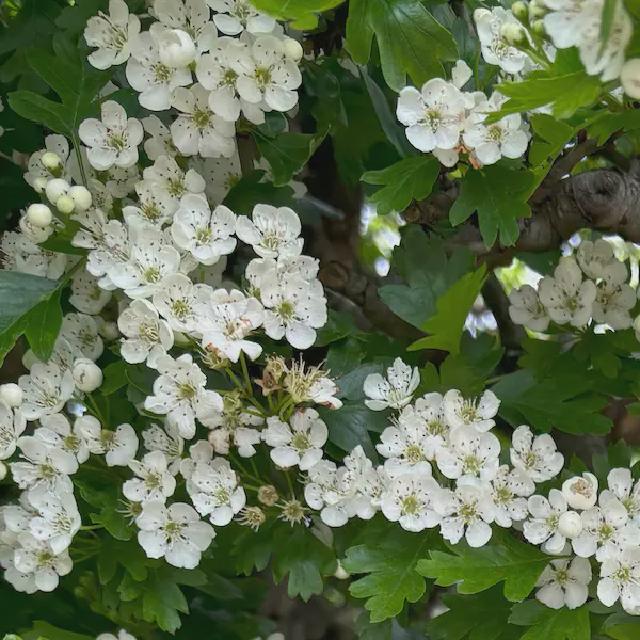Most needle-bearing trees are evergreen, making them an excellent focus for identification during winter when deciduous trees are bare.
The term “needles” is simply a descriptive way to refer to the shape of conifer leaves. Identifying conifers relies on observing a combination of features, but the following key characteristics should help you pinpoint the main genera.
General features of conifers
- Leaves: Needle-shaped or scale-like.
- Cones: Woody or berry-like.
Below are the distinguishing features of some common conifer genera. Keep in mind that exceptions can occur.
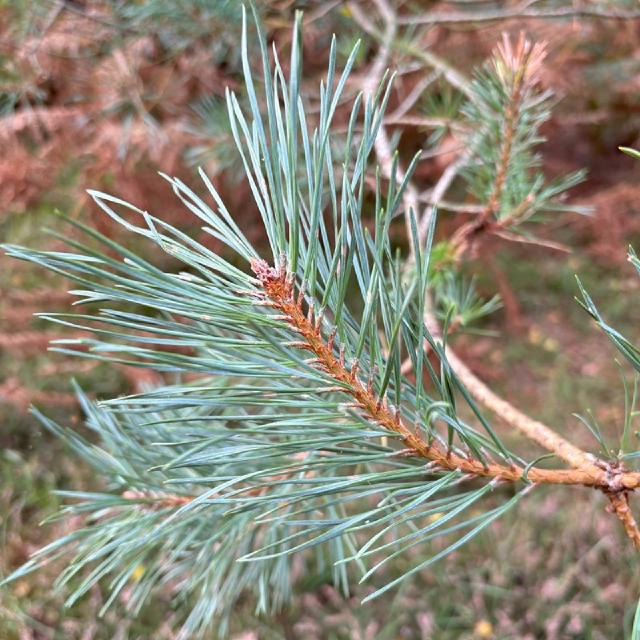
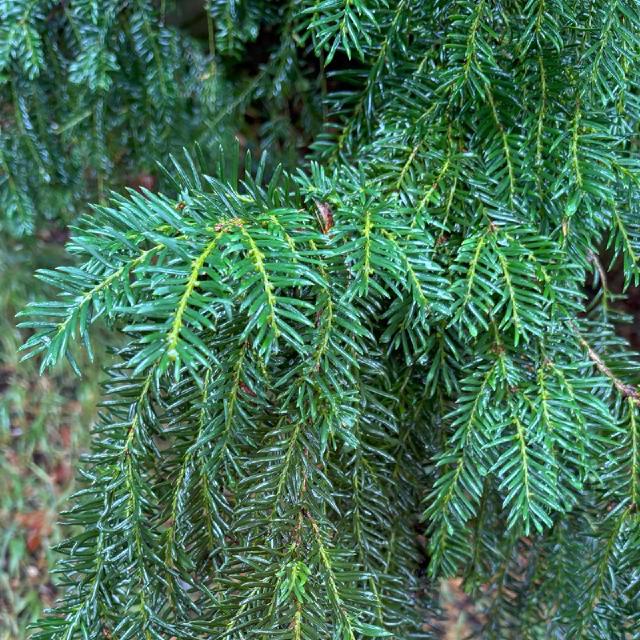
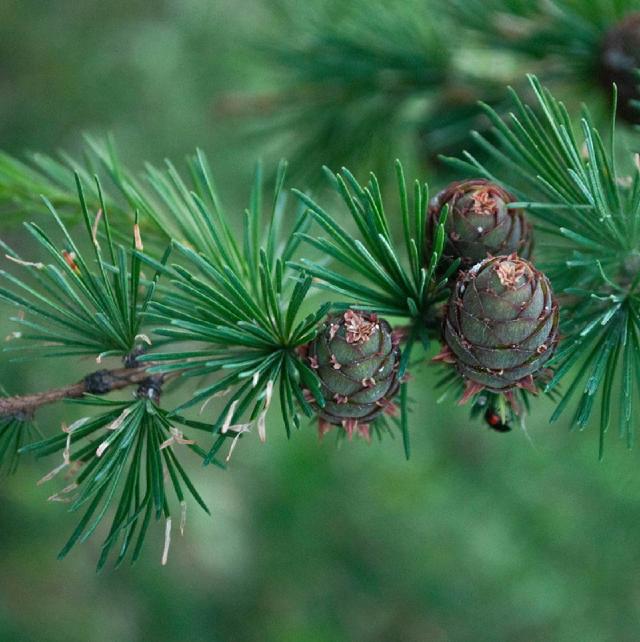
Pine (Pinus)
The leaves of pines grow in bundles called fascicles, with 2–5 needles per bundle, depending on the species. Pines are evergreen, retaining their needles throughout the year. The cones are woody and vary in shape from conical to cylindrical, with thickened scales that may have a sharp, prickly tip. Most pine cones hang downward from the branches as they grow.
Spruce (Picea)
Spruce trees have evergreen leaves that are sharp, square in cross-section, and attach individually to twigs via small woody pegs called sterigmata. These needles radiate evenly around the twig. Once the needles fall, the twig feels rough to the touch due to the sterigmata. Spruce cones are slender, elongated, and typically hang downward from the upper branches.
Fir (Abies)
Firs are known for their flat, soft needles that are arranged in rows along the twig, giving a two-sided appearance. These needles have two prominent white stripes on their underside. Fir cones grow upright on branches, are cylindrical, and resinous. Unlike most cones, fir cones shed their scales in autumn, leaving spiky remnants on the branch.
Hemlock (Tsuga)
Hemlock needles are short, flat, and attached to twigs with a narrow, stalk-like base. They are arranged in flat sprays along the branches and have two faint white stripes on their undersides. Hemlock cones are small, egg- or oval-shaped, and hang downward from the branches.
Larch (Larix)
Larch trees are unusual among conifers because they are deciduous. Their soft, flat needles grow in clusters of 10–60 on woody spurs. These needles turn golden yellow in autumn before dropping. Larch cones are small, upright, and woody, often remaining on the branches throughout winter.
Juniper (Juniperus)
Junipers exhibit two distinct leaf types: scale-like and awl-shaped. Younger trees often have sharp, pointed awl-shaped leaves, while mature specimens feature overlapping, scale-like leaves that lie flat against the twig. The cones of junipers resemble berries, with fleshy, fused scales forming a smooth, rounded structure. These “berries,” bluish when ripe, are well-known for their use in flavouring gin.
Yew (Taxus)
Yews have flat, glossy leaves that are usually arranged in two rows on either side of the stem. Unlike other conifers, yews do not produce woody cones. Instead, they form arils—bright red, berry-like structures that surround the seed. These arils are highly toxic to humans but are consumed by some birds.
